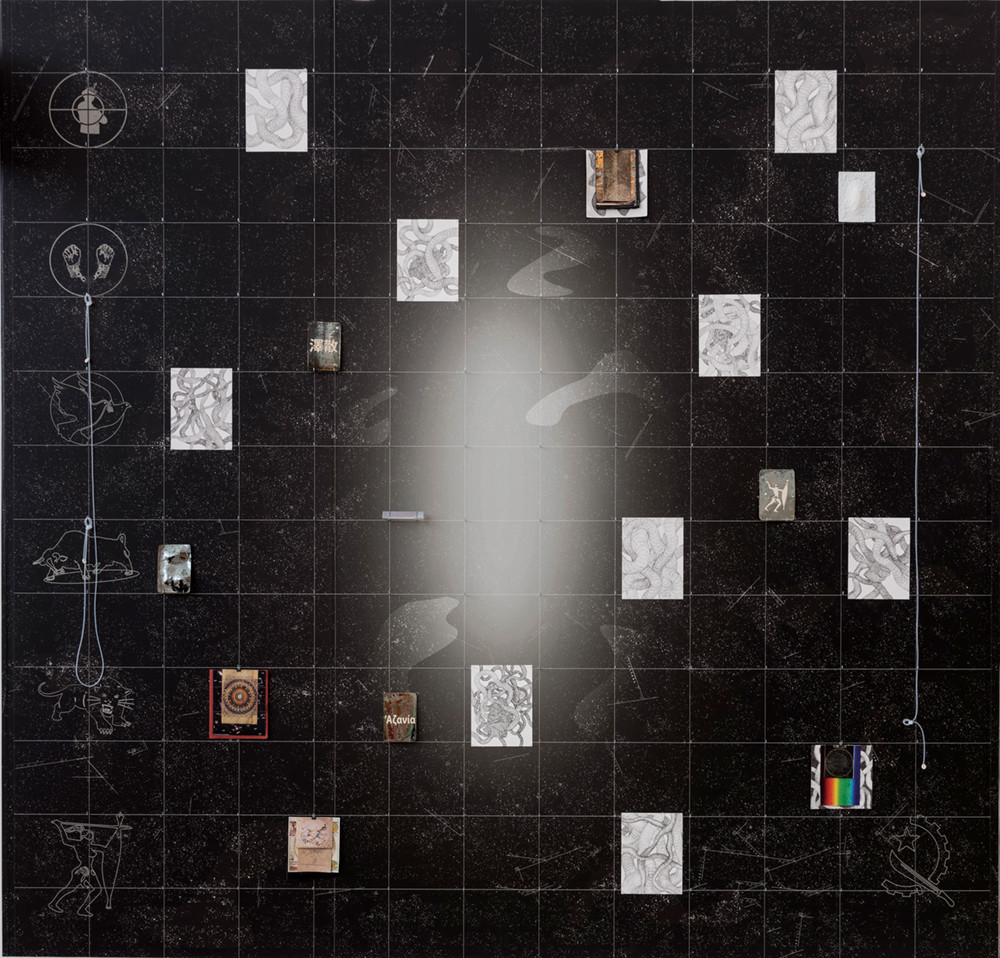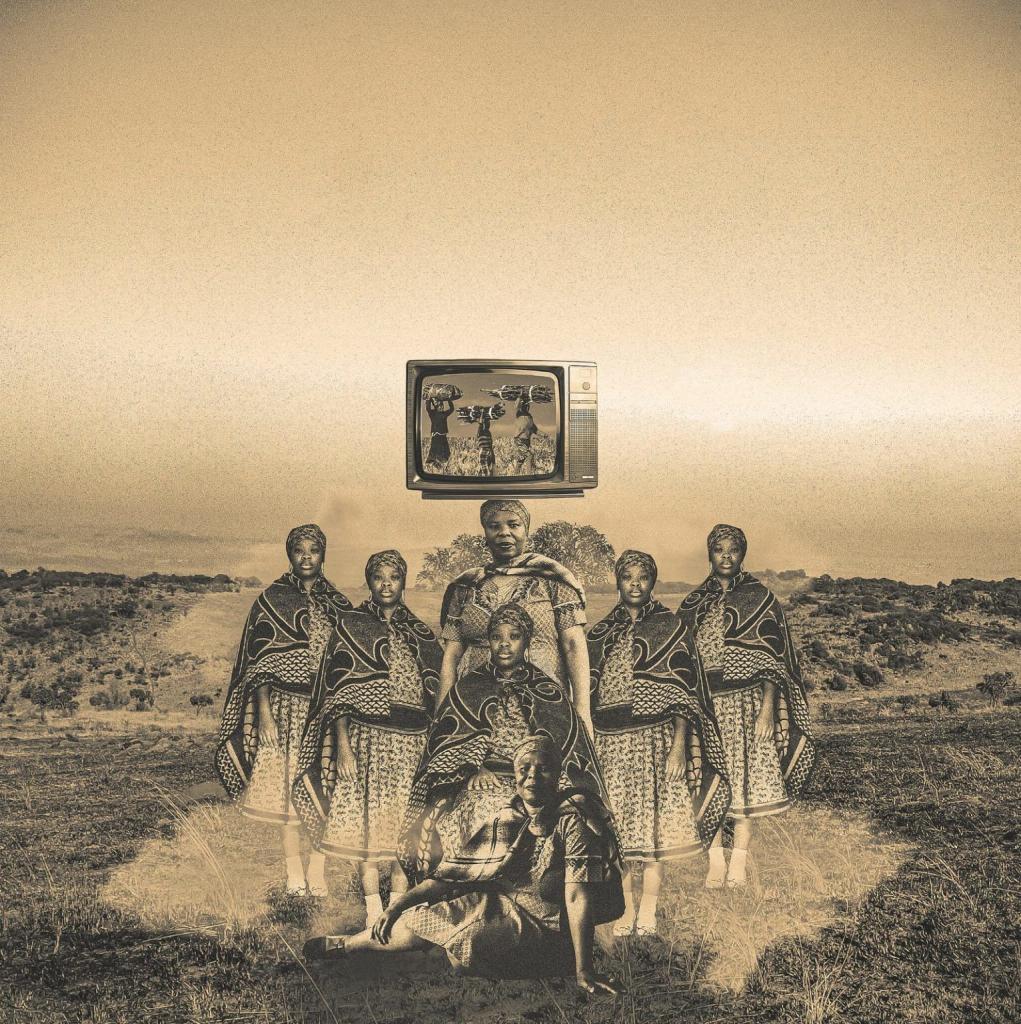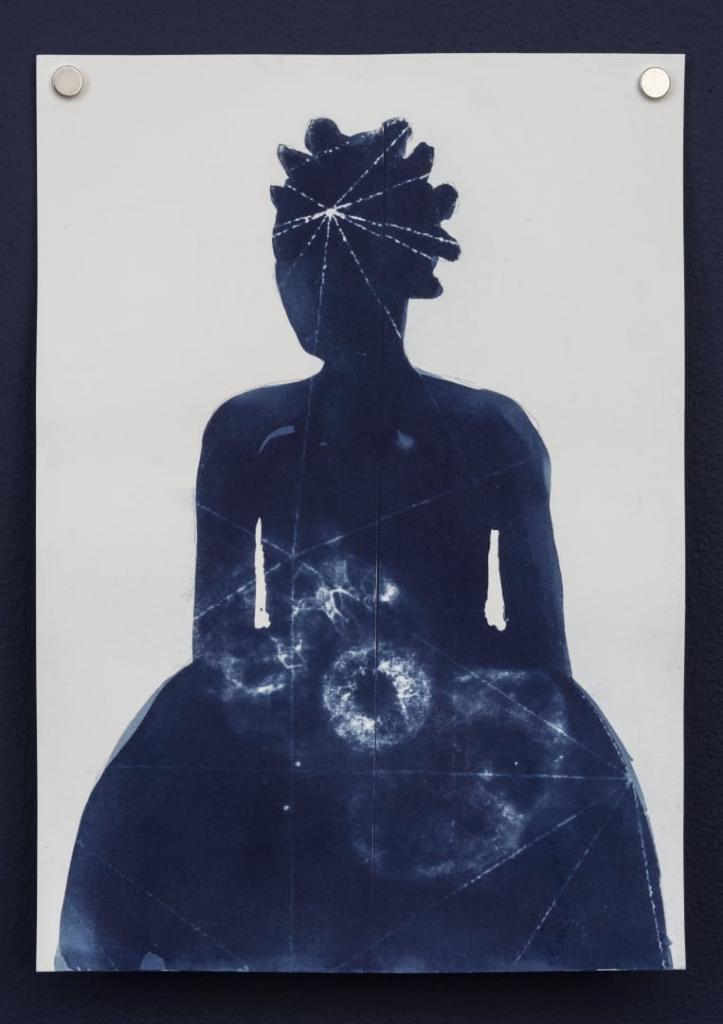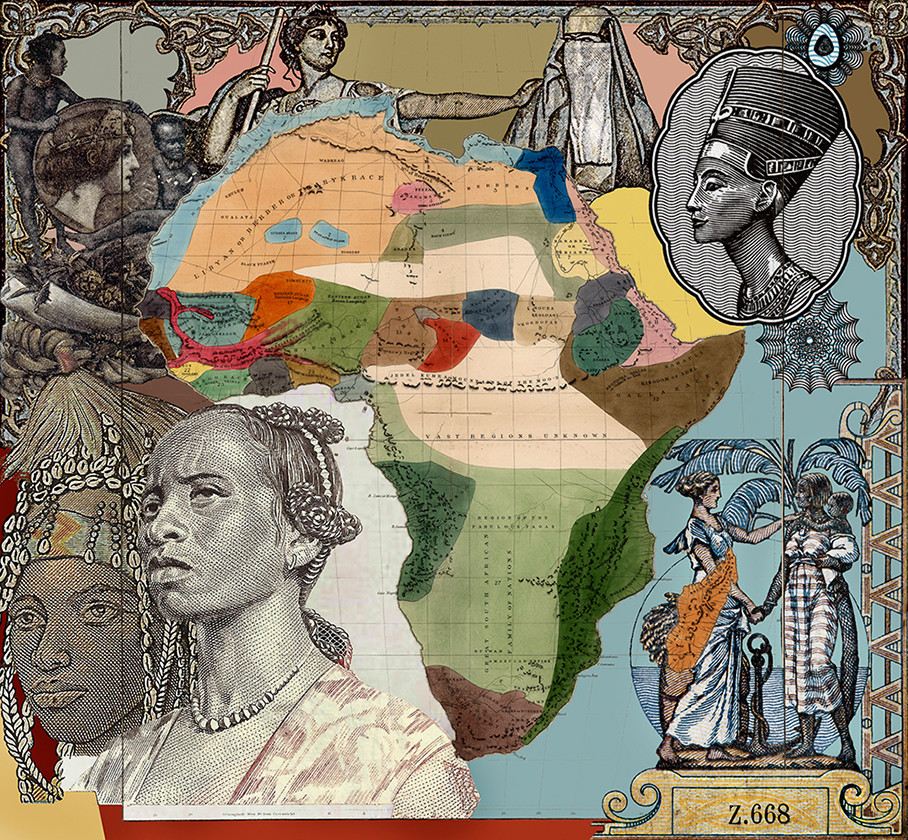New Media Art And Technology in Africa – Part II
Metaphysics and Technology
Using the Internet and exquisite sound technology Tabita Rezaire explores original and subversive ways of producing new work with the aim of investigating the process of decolonization. Self-identifying Franco-Guyano-Danish artist, Rezaire is a known practioner of Kundalini yoga, and centralized self-love as part of the process of decolonization with most of her work dealing with the concept of race and feminism. She produces videos and digital works which navigate the matrix of coloniality and energy to create works where technology and spirituality intersect. Her work Moon Center is an online interactive site that operates as a digital meditation hub dedicated to the variety of cultures that worship the moon immersing viewers in both a spatial and ambient experience.
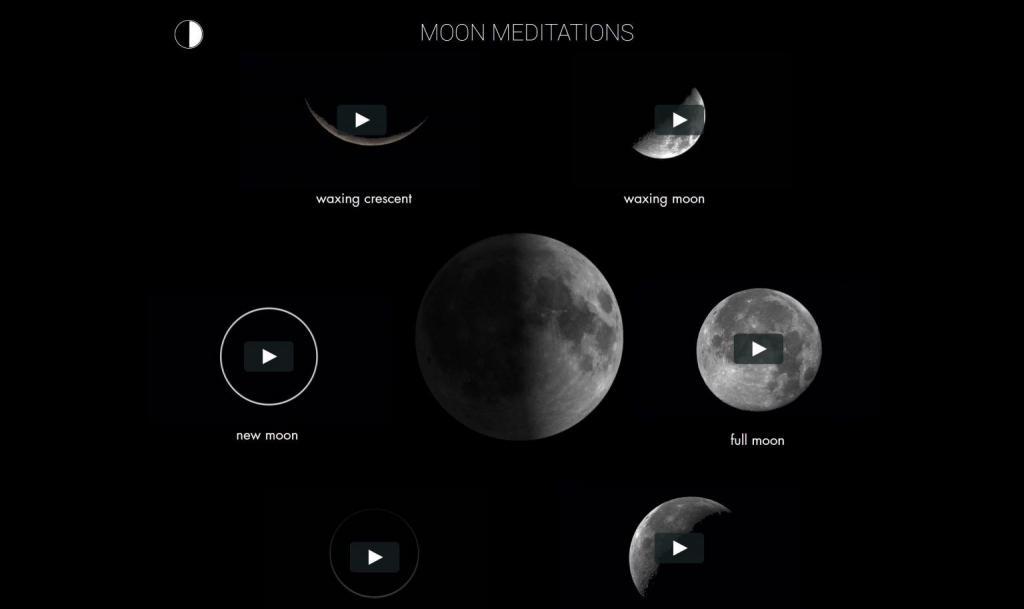
South African artist Nolan Oswald Dennis also explores the politico-spiritual dimensions of time, identity, and knowledge production in his practice. With themes grounded in decolonial politics, his 2017 work Black Liberation Zodiac is a constellation of elements. The artwork uses video, prisms, drawings, and symbols that consider a variety of histories displayed non-linearly. Liberation movements are mapped based on star patters and star signs are used as iconology for global black liberation languages highlighting shared references from the global African diaspora of a gun, a book, a dove, a fist, a lion, and a panther. The spiritual constellation is evocative of broader Afro-futurist aesthesis.
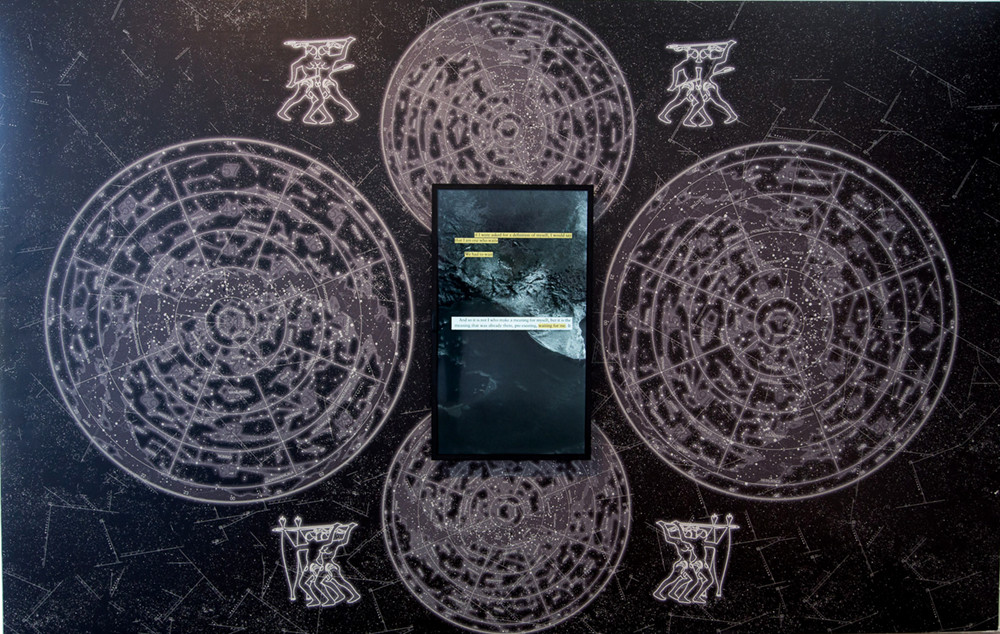
Angolan multimedia and performance artist Nástio Mosquito artwork is also heavily political, with challenging and occasionally profane works. He creates digital-performative works that challenge African stereotypes in Western contexts. His practice revolves around cultural inheritance, as a constantly evolving idea showcasing elements of Afrofuturism, examining the production of future inheritance. Using technology as an archiving tool is a common theme.
Afro-futurism
The Afrofuturism movement has also experienced a renewed interest in recent years as fresh perspectives on African stories emerges. Using technology, and elements of science fiction, new narratives are explored as part of the new generation of African storytellers as a postcolonial reclamation. Celebration of an Afrocentric future is seen in various works in the continent and its Diaspora. The myriad levels of social commentary found in Afrofuturism envelops architecture, urbanity, as well as evolving identities.
Nigerian-American visual artist Olalekan Jeyfous, originally trained as an architect and his practice investigates the idea of place, arranging the concept as continuously constructed rather than given or imagined. His work in public art, installation, drawing, collage and design explores the past and potential futures of urban environments. His artwork Shanty Megastructures is series of a dystopian vision of Lagos, the dispossessed are given prominence and visibility in a somewhat dystopian vision of the city. In his latest self-initiated line of work he focuses on ideas central to Afro-futurism, eco-futurism, and agro-futurism in the Crown Heights and Bed-Stuy neighborhood in New York City. At the core of Jeyfous’ work is an investigation that confronts tensions between utopia, progress, and urban design.
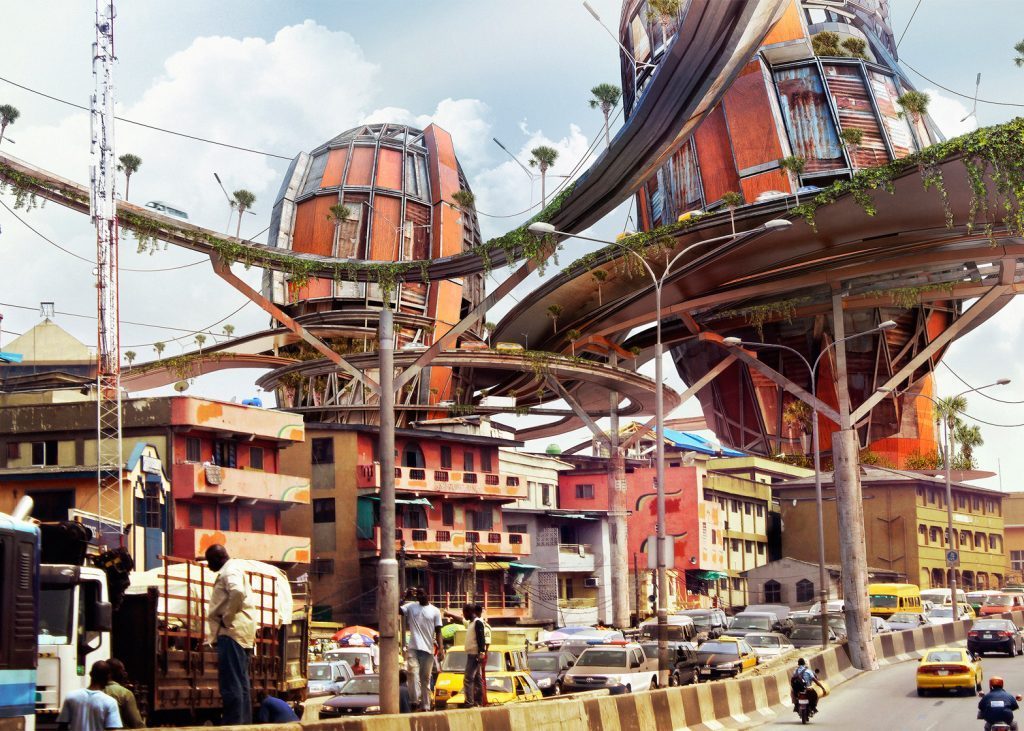
Contemporary African and Diaspora society is infiltrated by technology. The exploration of a fictional possibility is part of Ghanaian-Moroccan Afro-surrealist David Alabo’s projects. Alabo’s work pertains to showcasing and critiquing African society culture using 3-dimensional abstract work; highlighting the ‘fantastical and strange’.
Another practitioner within the field is Lagos-based visual artist Joseph Obanubi whose Afro-surrealism work attempts to communicate an idea of metaphysics in an African context. His background in graphic design explore fantasy, delusion, and identity. His series Techno Heads (2018-ongoing) uses tools and tropes of science fiction and local cultural aesthetics as a means to confront and analyze present day issues within a globalized context.
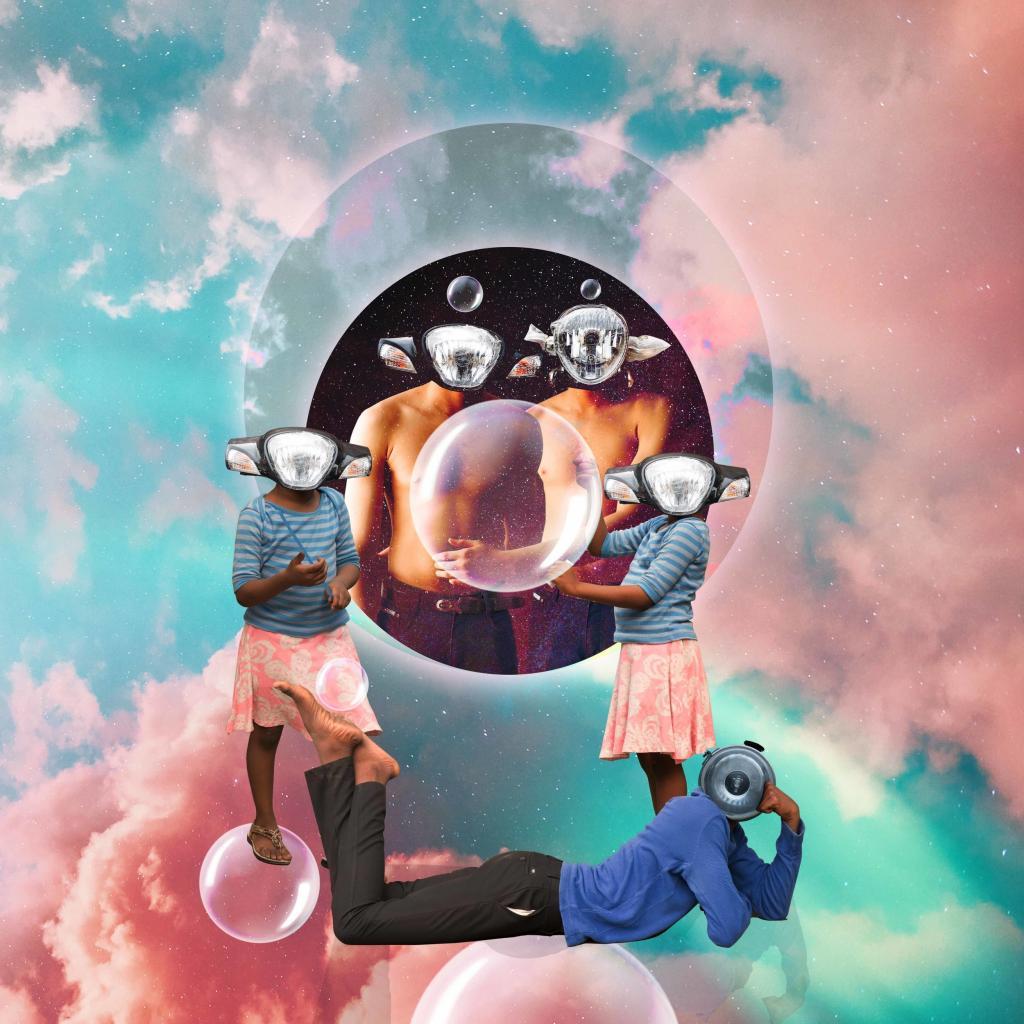
Global contemporary society strongly revolves around and depends on technology for communication, motion, and navigation, all of which are central aspects of human existence. New Media and Technology is now assisting artists in sharing their work in completely new environments. As pioneers in immersive creative landscapes, there is a whole group of artists from the continent that are piloting this new way of artistic exchange.
Virtual Reality
Navigation of spaces examines globalization in how it affects technology, human interactions and physical movement. François Knoetze artwork Virtual Frontiers, (2017) is a VR experience for HTC Vive, Oculus Go, Oculus Rift or Mobile VR. Virtual Frontiers was created over two months on location in Grahamstown. The work takes the idea of the frontier as its starting point, probing its connotations both as a historical concept and as a technological one. The series comprises six short virtual reality films shot in over 60 locations in Grahamstown bringing to light the multiple experience and contracts in the small town. The hybrid world created in the work is represented through archival footage, sound recording, and interviews exploring elements of the past, the present, and imaginings of the future
Nigerian-British artist Yinka Shonibare is at the forefront of leveraging new machine learning techniques to bring fully immersive VR art exhibit to life. In a recent exhibition with The Royal Academy of Arts: From Life Shonibare used emerging virtual reality technologies to create a 3D rendering of a neoclassical painting, Gavin Hamilton’s ‘Venus Presenting Helen to Paris’ (1785). Shonibare gives the view the ability to move around the 360 image and to inspect the artwork from all angles. The view can then move into a courtyard behind the painting where Shonibare’s Townley Venus (2017) is on display dressed in his trademark batik fabric, contrasting with the previously viewed painting; juxtaposing the two worlds.
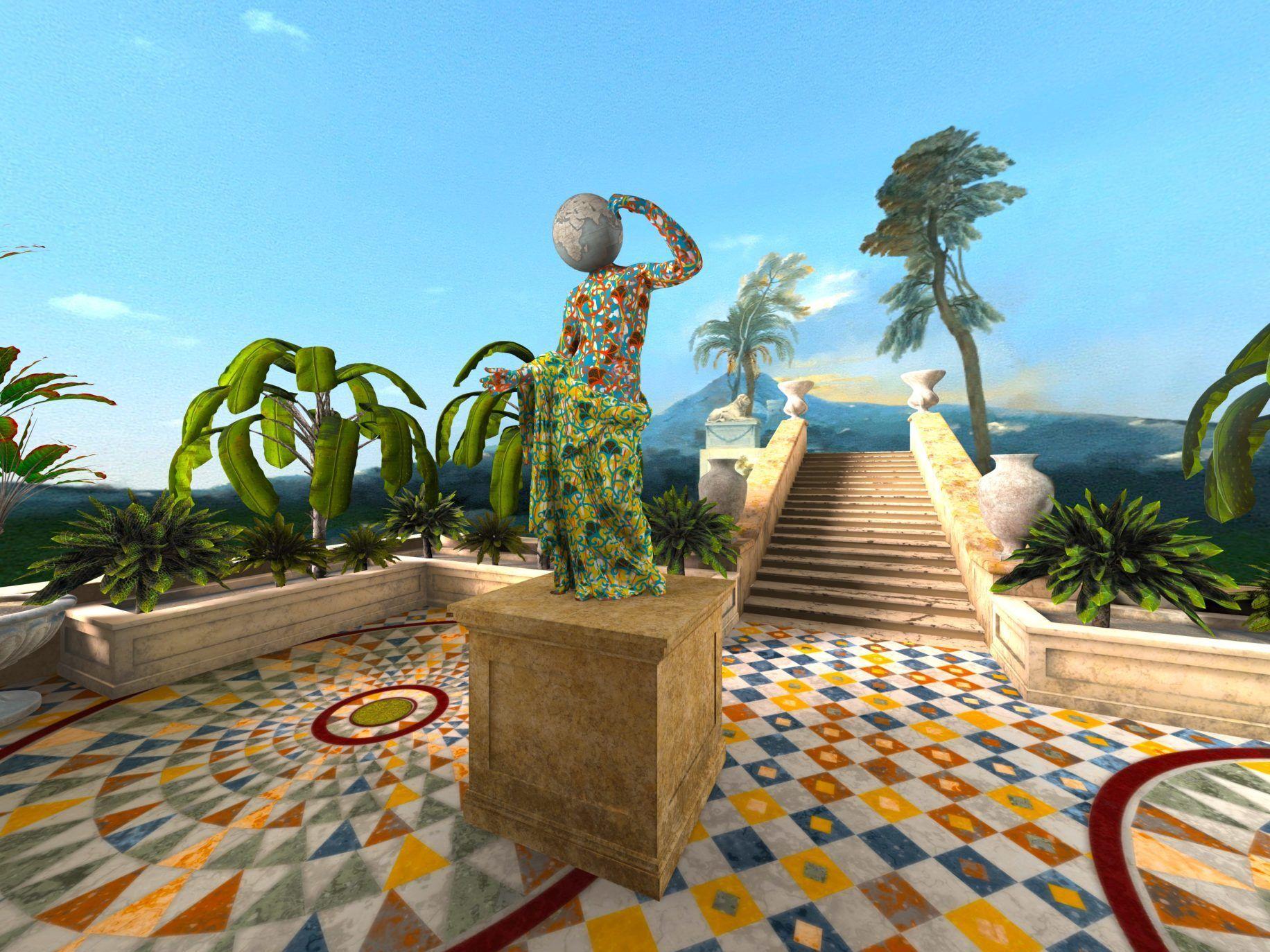
Dakar-based designer and artist Selly Raby Kane work is a fantastical confluence of art and fashion. Her brand of ‘otherworldly’ visuals focuses on the juxtaposition of things, highlighting the surreal and abstract. Her latest project The Other Dakar is a continuation of her artistic practice of reassembling Senegalese traditions into a bold, idiosyncratic aesthetic. As a homage to Senegalese mythology, her debut into VR in partnership with Electric South, a South African platform working with African storytellers and artists on Virtual Reality transports the audience into a place where past and future meet and where artists are the beating heart of the city. As AI continues to evolve, its role in artistic applications globally have only just begun to be explored.
African artists are creating work that’s internationally celebrated, while focusing on issues that are specific to the African continent. Artskop3437 plans on continuing to elaborate and grow our understanding and appreciation for the multitude of experiences in new media practices.

